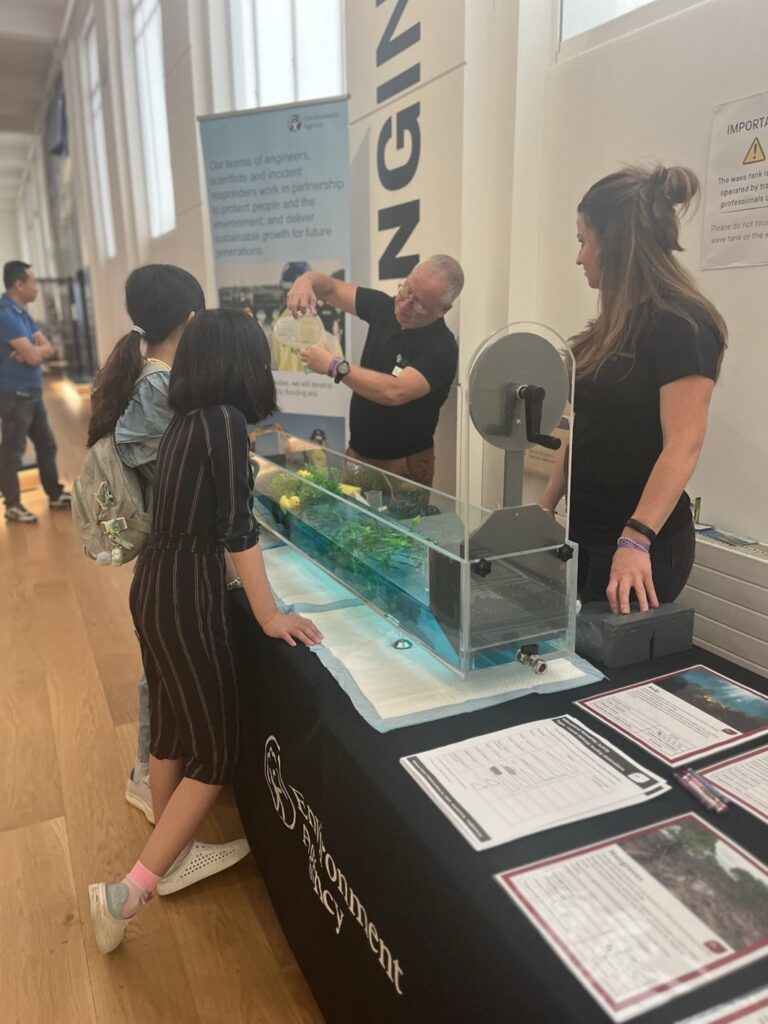Over three million visitors pass through the wonder-filled halls of the Science Museum every year. They are wowed by the massive steam engines, intrigued by the development of medicine through the ages and entertained discovering how light can play tricks on our senses.
Many families will explore Technicians: The David Sainsbury Gallery. Here visitors learn how science is embedded in so much of our economy, and how technicians from many disciplines are needed to maintain the world we live in.

Visitors might learn how advanced welding technologies are holding together modern buildings and vehicles, or how complex maths and physics go into making the Marvel movies so lifelike.
And over this summer, visitors to the museum also had the chance to learn how scientists, engineers and technicians are vital to keeping us safe from environmental harms and helping us create an economy that develops in harmony with the environment, leaving it healthy and resilient for the next generation.
This was thanks to an excellent collaboration between the Environment Agency and the Science Museum this summer. A band of over 100 volunteers took one or two days out of their busy schedules to engage with the children and adults who visited the gallery. They encouraged them, through hands on activities, to think how science is helping us improve the environment for people and nature. I was lucky enough to drop in on them for just one morning with the Environment Agency’s Chief Executive, Philip Duffy, to see how it was going. I’m so glad I did.

The Environment Agency has over 1700 scientists using their science in all areas of its work. Some are helping us to cut our own carbon footprint and enable various industries to cut theirs. Part of our activities challenged the visitors to guess how much carbon dioxide was embedded in everyday products. I heard heated discussions between parents and children about the right answers – and the children were very often rather closer to the mark.
After folding some origami biodiversity or searching down microscopes for microplastics in their homes, many children headed for the fantastic wave tank lent to us by the JBA Trust. Here they could try their hand at building flood defences. One option was to plant seaweed beds in front of the seawall. It worked remarkably well to calm the swell before it reached shore.

I was delighted to hear one young boy, when asked why he had chosen that option, responded ‘because it works and it’s better for nature of course!’. I can only hope that his experience at the museum encourages him to go into coastal engineering! We need to make use of all the tools at our disposal to help us adapt to climate change, and nature-based solutions conceived by enlightened individuals such as this young person will help protect us and nature from the impacts of a warmer world.

It has been a fantastic collaboration, and one I hope we can build on in future. The Environment Agency scientists I spoke to were clearly themselves inspired and energised by the opportunity to talk so positively with the public about their work. And if just a tiny proportion of those million children become the environmental scientists and engineers of the future, then we can be very glad we invested our time now.